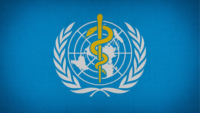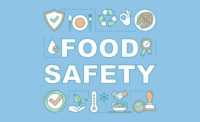WHO Studies National Burden of Foodborne Diseases

A new article by the World Health Organization (WHO) is highlighting challenges of estimating the burden of foodborne diseases in locations with fewer resources and the role that international organizations play in helping countries develop capacity and conduct studies in these areas.
Estimates from 2015, in the WHO European region, showed that over 23 million people every year become ill from eating contaminated food. The result was 5,000 deaths.
Many countries in the region have worked to implement regular studies of the national burden of foodborne diseases. Despite making some progress, the current burden-of-disease landscape remains inconsistent, and researchers are struggling to translate their findings into useful data for policymakers.
WHO supports Member States to generate data and information needed to make risk-based food decisions through technical cooperation and by building networks across sectors, stakeholders, and national borders.
Informed risk-management decisions are made through studying foodborne diseases. This is a key priority of the WHO's forthcoming Global Food Safety Strategy. The strategy will provide framework to guide governments, and strengthen national food safety control systems.
Member States will be able to use the new WHO guidance on estimating the burden of foodborne diseases in countries to develop and launch their national studies.
Looking for a reprint of this article?
From high-res PDFs to custom plaques, order your copy today!





